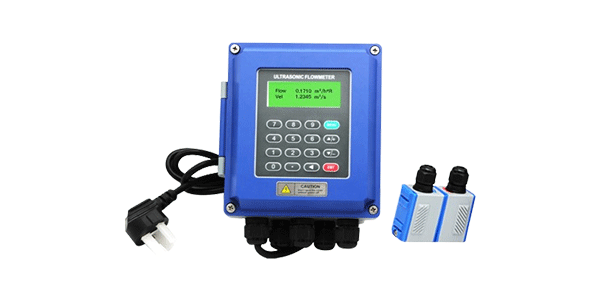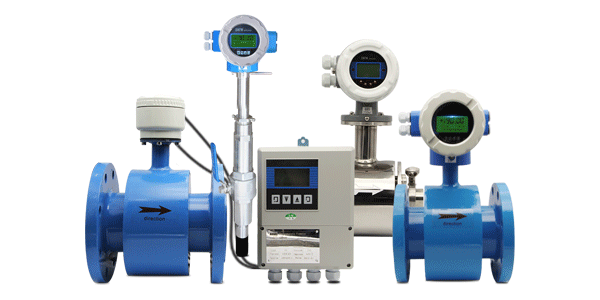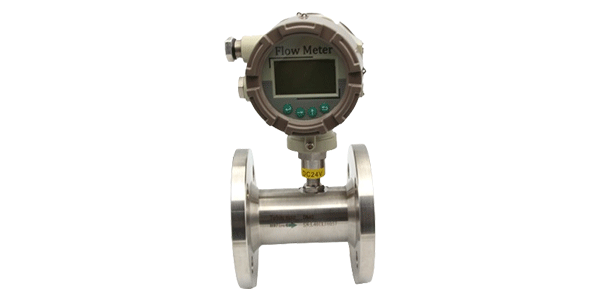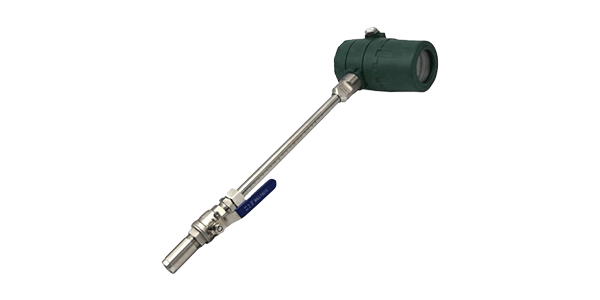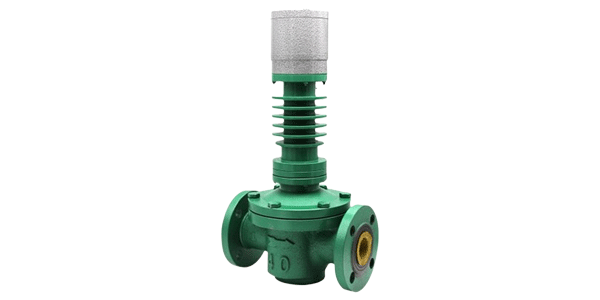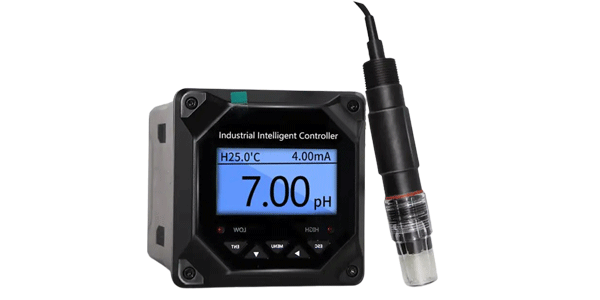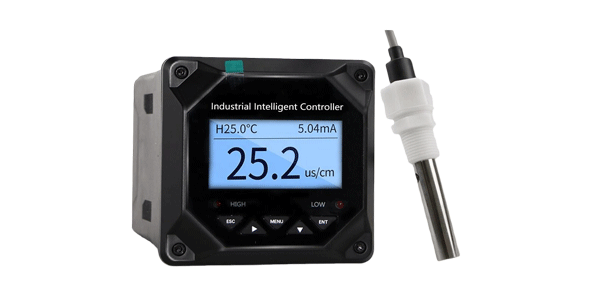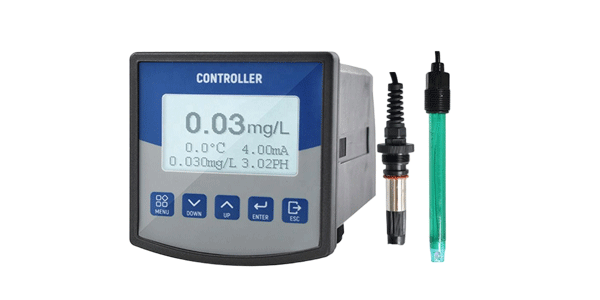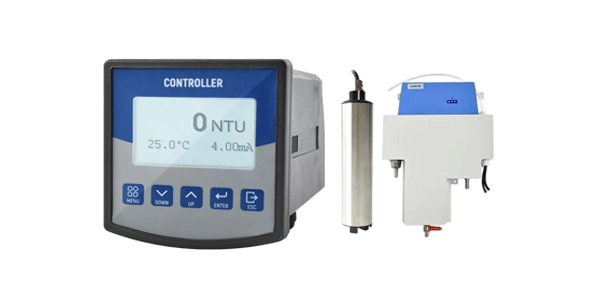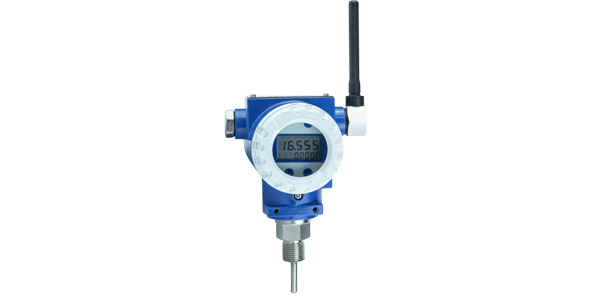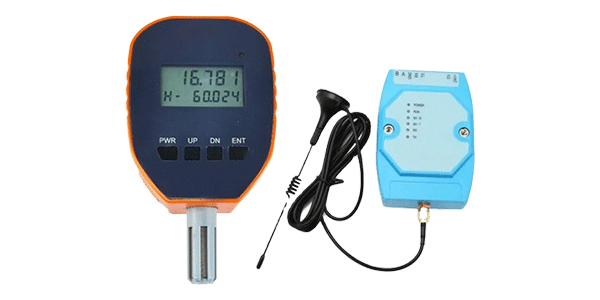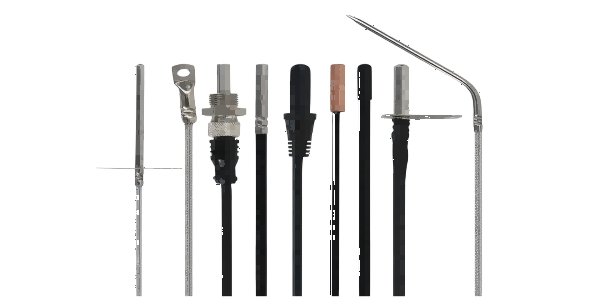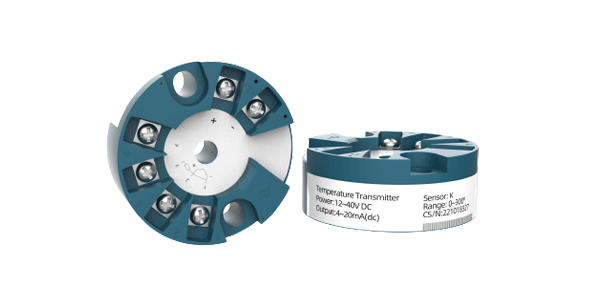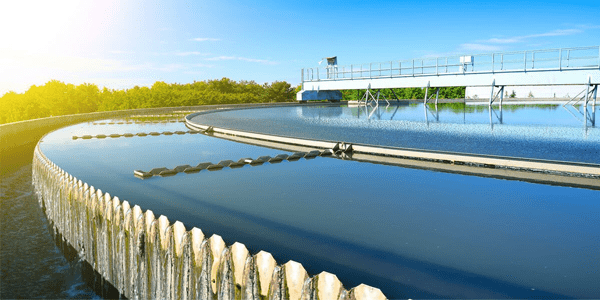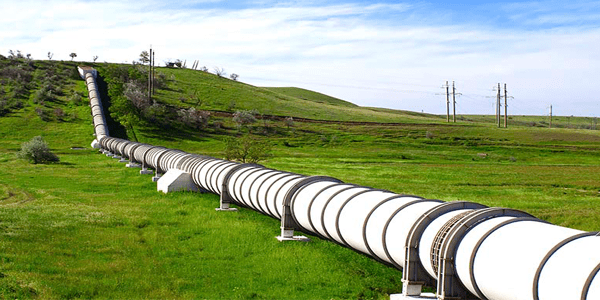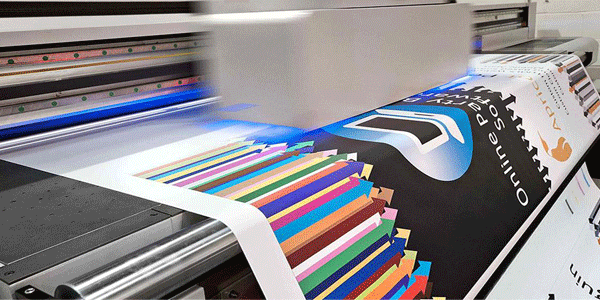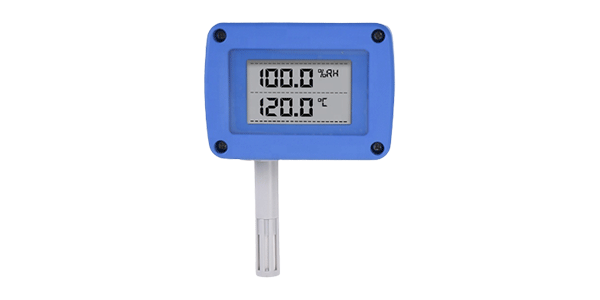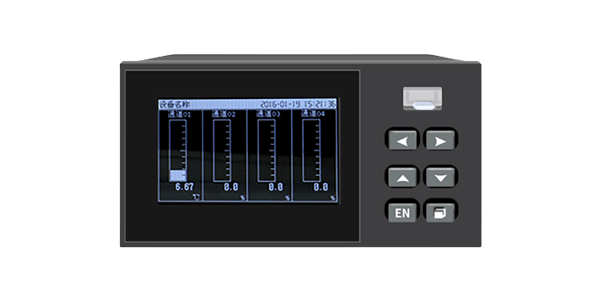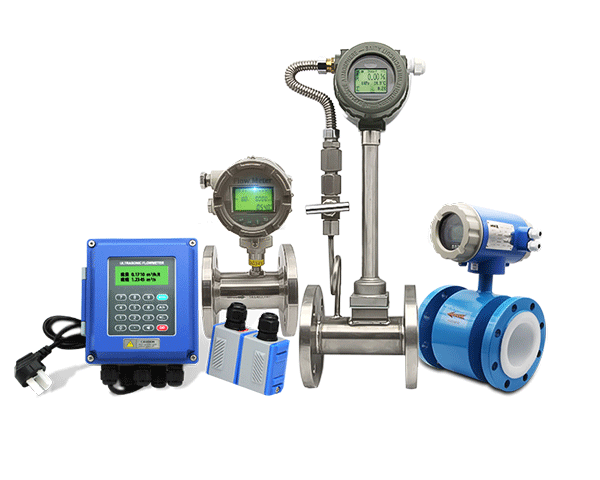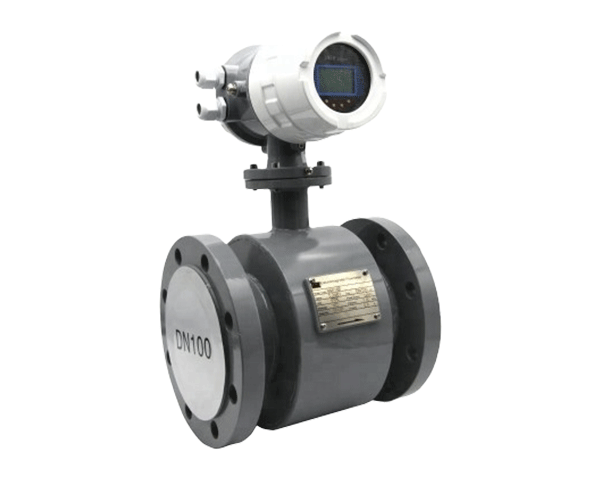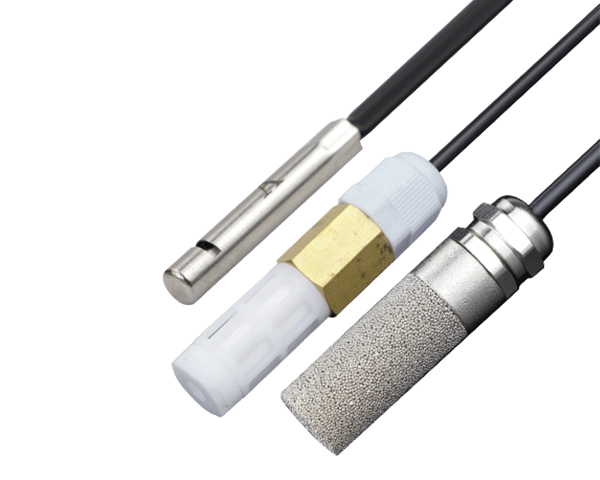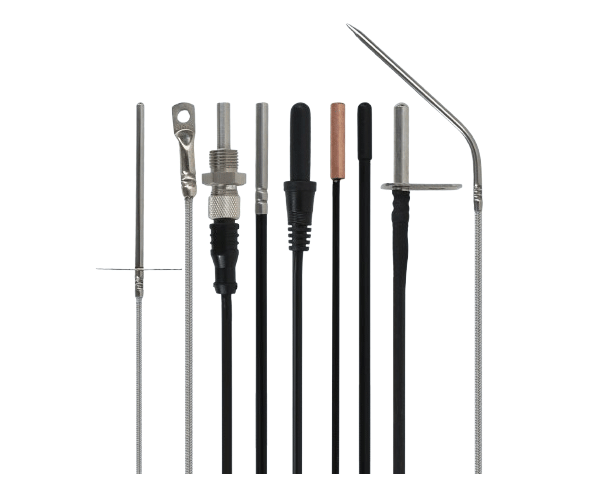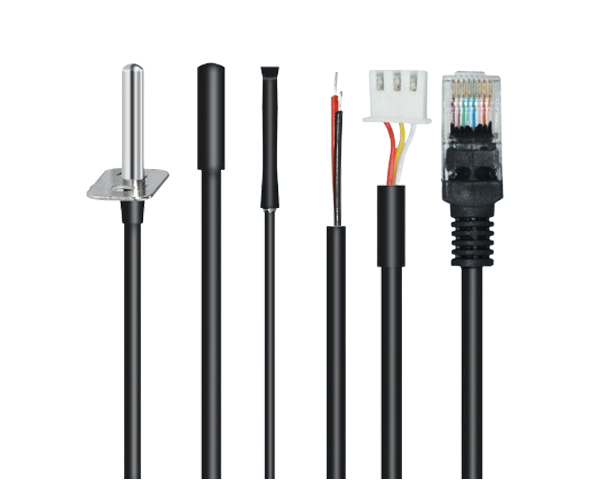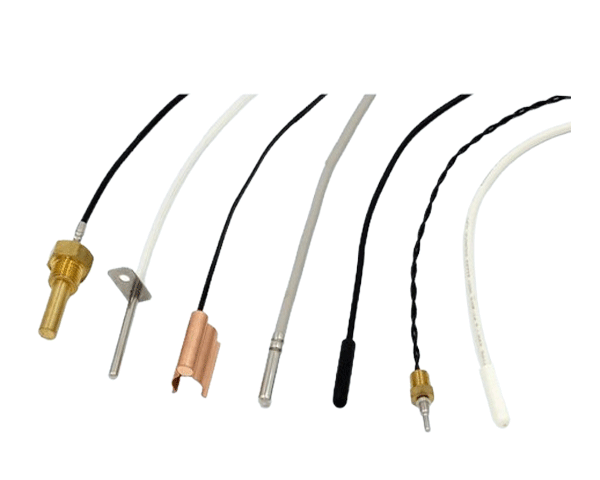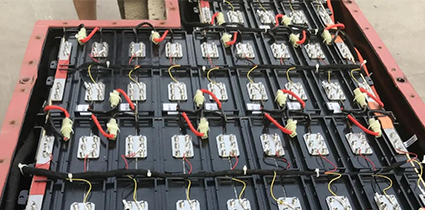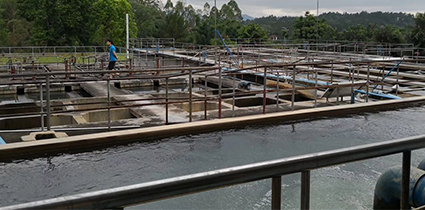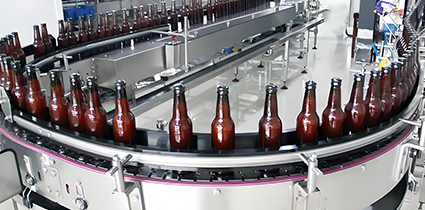Master Your Climate: The Complete Guide to Air Conditioning Temperature Sensors
Are you looking to optimize your air conditioning system for maximum comfort and efficiency? Proper temperature monitoring is the key to maintaining ideal indoor environments while reducing energy costs. In this guide, you'll discover how advanced temperature sensors work, learn about system optimization strategies, and understand the technology that ensures your AC operates reliably while saving you money on energy bills.
Why Temperature Monitoring is Crucial for Air Conditioning Systems?
Temperature control in modern air conditioning systems goes beyond simple cooling—it's about precision, efficiency, and intelligent climate management that adapts to your needs.
By continuously monitoring multiple temperature points, your AC system maintains consistent comfort levels while preventing energy waste from over-cooling or over-heating. Real-time temperature data enables your system to operate at peak efficiency, significantly reducing energy consumption. Advanced monitoring also provides early detection of temperature anomalies and potential system failures, helping prevent equipment damage and extending your system's operational lifespan.

How Air Conditioning Temperature Monitoring Systems Work?
Modern AC systems use sophisticated temperature management to deliver optimal comfort while maximizing energy efficiency.
The system employs multiple precision sensors that continuously monitor indoor temperature, outdoor conditions, compressor temperature, and other critical points. This comprehensive data is processed by an intelligent controller that automatically adjusts cooling or heating output to maintain your preset comfort range. The smart control system optimizes compressor cycles, fan speeds, and valve operations to provide consistent comfort while minimizing energy usage. This integrated approach not only ensures ideal indoor conditions but also contributes to environmental protection through reduced energy consumption.
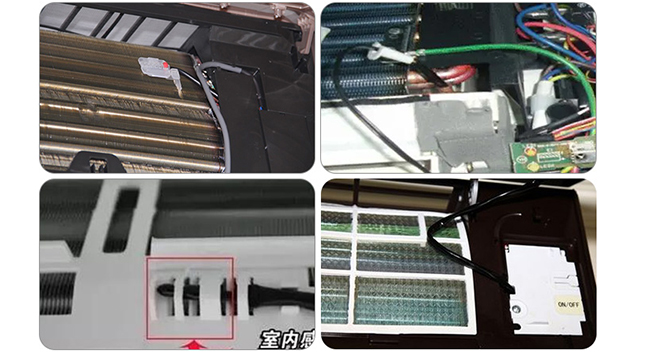
Advanced Features of Air Conditioning Temperature Sensors
High-Precision Thermistor Technology
Our sensors utilize advanced thermistor technology that delivers exceptional accuracy with rapid response times. The high sensitivity ensures immediate detection of temperature changes, allowing your AC system to maintain precise climate control.
Epoxy Resin and Copper Shell Packaging
Available in both epoxy resin and copper shell packaging, our sensors offer compact sizing with excellent thermal conductivity. The durable construction ensures reliable performance in various environmental conditions while facilitating quick heat transfer for accurate readings.
Waterproof and Moisture-Resistant Design
Featuring specialized waterproof and moisture-proof manufacturing processes, our sensors maintain stable operation even in high-humidity environments. This robust design prevents condensation-related failures and ensures long-term reliability.
Customizable Dual Probe Configuration
We offer customizable dual-probe sensors that simultaneously monitor both room air temperature and pipe temperature. This integrated approach provides comprehensive system data for more precise climate control and efficiency optimization.
Space-Efficient Cable Design
Our side-by-side cable configuration minimizes space requirements while simplifying installation and wiring. The compact design is particularly valuable in the confined spaces of modern HVAC systems.
Standardized Connector System
With industry-standard connectors, our sensors offer quick, hassle-free installation and seamless integration with control systems. The universal connection design reduces maintenance time and ensures compatibility across various AC models.

Frequently Asked Questions (FAQ)
What's the ideal temperature setting for energy efficiency?
For optimal energy efficiency, we recommend setting your thermostat to 78°F (26°C) during summer months when you're at home. When away, increasing this by 7-10°F can save 5-15% on your cooling costs. In winter, 68°F (20°C) while awake and lower when sleeping or away is recommended.
How often should AC temperature sensors be replaced?
High-quality AC temperature sensors typically last 5-8 years. However, we recommend professional inspection every 2-3 years. Signs that your sensor needs replacement include inconsistent room temperatures, frequent system cycling, or error codes related to temperature readings.
Can faulty temperature sensors increase my energy bills?
Absolutely. Malfunctioning sensors can cause your AC system to run longer than necessary, overcool spaces, or cycle inefficiently. A single faulty sensor can increase energy consumption by 15-25% while reducing comfort levels.
What's the difference between room temperature and pipe temperature sensors?
Room temperature sensors monitor ambient air conditions for comfort control, while pipe temperature sensors track refrigerant lines for system protection and efficiency optimization. Dual-probe sensors combine both functions for comprehensive climate management.
How do I know if my AC temperature sensor is failing?
Common failure signs include inconsistent cooling, the system running continuously without reaching set temperature, frequent on/off cycling, temperature reading errors on your thermostat, or ice formation on coils despite warm room temperatures.
Can I install smart temperature sensors with my existing AC system?
Most modern HVAC systems can be upgraded with smart temperature sensors, but compatibility depends on your specific equipment. Many smart sensors work with conventional systems through adapter modules, though professional assessment is recommended for optimal integration.
Ready to Optimize Your Air Conditioning System?
Get professional temperature sensing solutions for your HVAC project.
